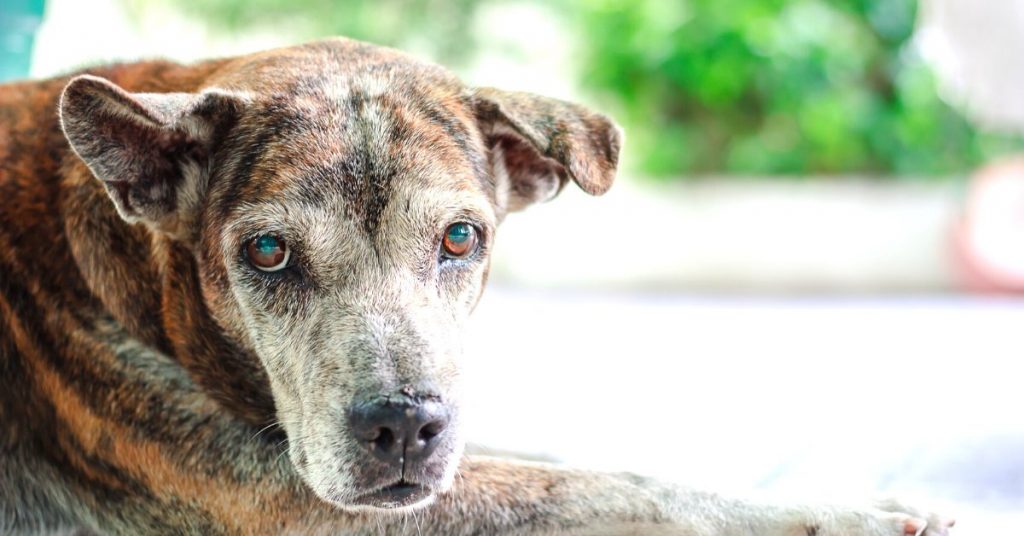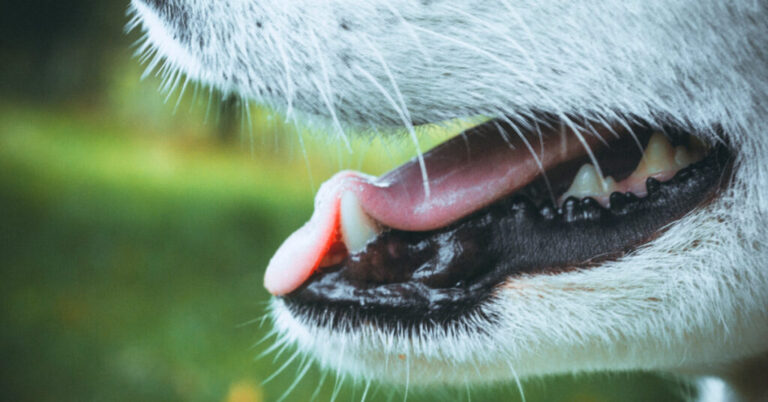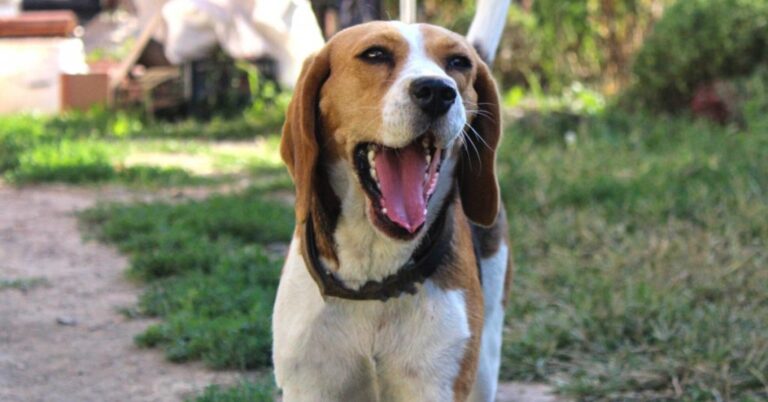Laryngeal Paralysis in Dogs: Everything You Need to Know
Laryngeal paralysis sounds pretty scary, and in some cases it is, but it is often a manageable condition.
The larynx is an important organ, known commonly as the voice box, and is best recognized as the sound creating organ.
However, the larynx has a much more important job, and that is to close off the airway when food or liquid are being ingested.
This extraordinary organ’s role is to keep food, or any liquid from going into the lungs.
Laryngeal paralysis is a condition that in the majority of cases occurs for unknown reasons, or is idiopathic.
It comes about when the abductor muscles in the larynx are unable to do their job properly.
The larynx becomes unable to expand allowing for a deep breath, which can cause anxiety in your pet.
The animal may experience a feeling of not being able to breathe which in turn creates distress that can lead to a serious situation.
This of course can make it more distressing for us as owners by not knowing the cause of distress to our pet.
What is Laryngeal Paralysis?

When the nerves in the laryngeal muscles, that maintain the stability of the voice box, become weak or paralysed, the muscles begin to relax.
The voice box, or larynx, is a series of layers of cartilage in a dog’s throat.
These layers open and close off the trachea when the animal is eating or drinking.
These cartilages begin to collapse inward causing laryngeal paralysis.
Often of unknown origin, there is some speculation that one cause is hyperthyroidism.
Hyperthyroidism will be investigated and treated if found to be present.
However, this treatment will not reverse any damage that has already occurred.
What Causes Laryngeal Paralysis?

Most cases of laryngeal paralysis are idiopathic, meaning they are of unknown origins.
Trauma to the neck area, as well as tumors can definitely be a cause of this condition.
Hypothyroidism and Cushing’s disease are some other factors that can lead to laryngeal paralysis.
Some dogs are born with congenital defects, or hereditary factors that contribute to laryngeal paralysis occurring.
Once paralysis of the nerves sets in for dogs with laryngeal paralysis, the laryngeal muscles begin to atrophy.
These muscles will forever be damaged, and never go back to their original state.
Which Breeds Are More Likely to Get Laryngeal Paralysis?

Breeds that are at increased risk for idiopathic laryngeal paralysis tend to be Labrador Retrievers, and Irish Setters.
Medium and large breed dogs have a tendency to suffer from this condition more than a small animal is likely to.
However, this condition can affect dogs of any size or breed.
Symptoms of Laryngeal Paralysis
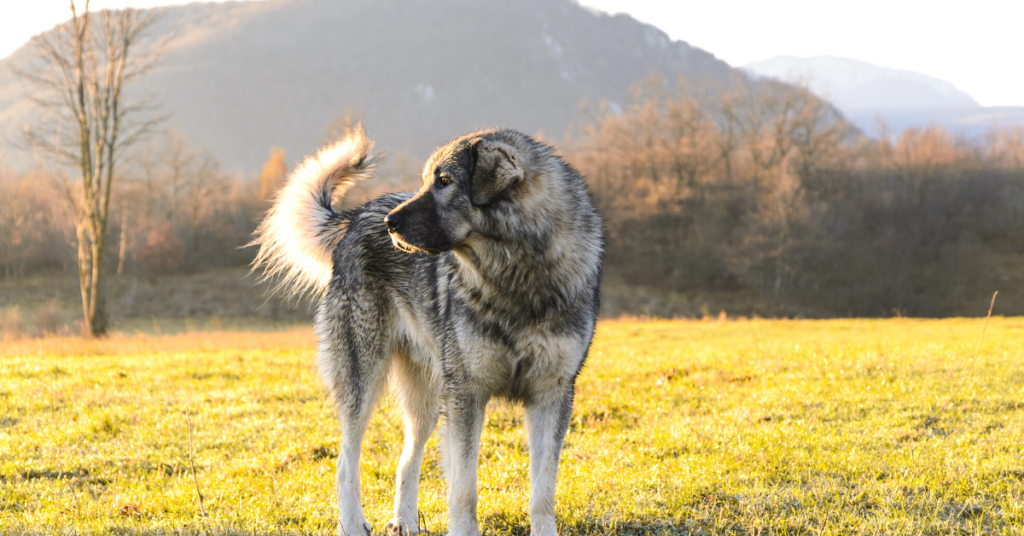
More often affecting middle aged and older dogs, the symptoms can vary quite a bit.
Coughing, shortness of breath, noisy breathing, any kind of respiratory distress, or exercise intolerance can all be symptoms.
Along with loud breathing, voice changes, and any kind of gasping or difficulty taking a breath.
Your pet will have difficulty breathing due to the narrowing of the larynx.
This is because it will no longer expand allowing the animal to breathe properly.
In some cases these symptoms can be life threatening and will require the immediate care of a veterinary surgeon.
Diagnosing Laryngeal Paralysis
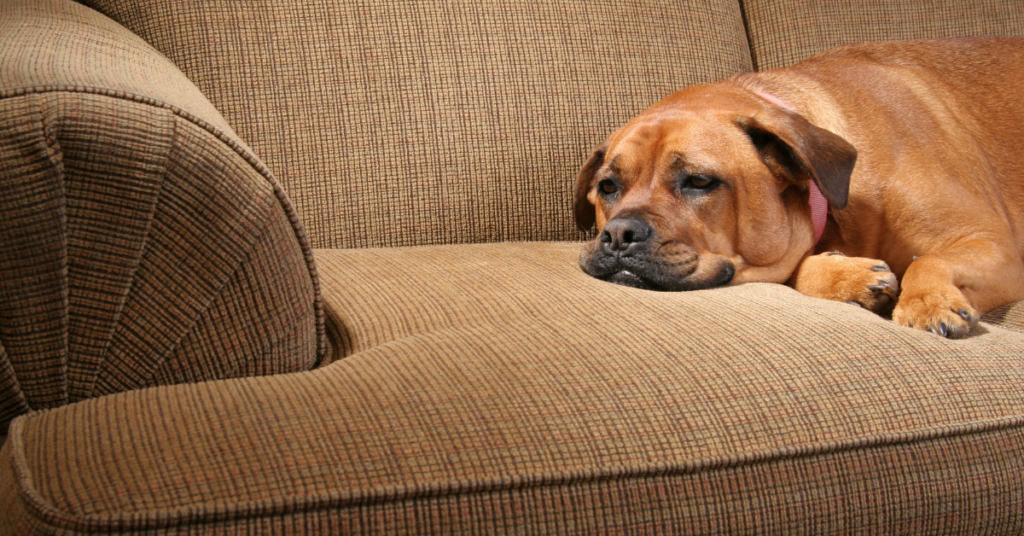
Coughing and shortness of breath are usually the first signs that your dog is beginning to suffer from laryngeal paralysis.
Blood and urine tests are commonly ordered, along with chest x rays to rule out aspiration pneumonia.
Examination of the throat is carried out by laryngoscope, or endoscope to observe the laryngeal function to confirm clinical signs.
Treating Laryngeal Paralysis

The use of a harness for your pet will be prescribed to take away any pressure for the neck area.
Preventing the over exercising of your dog, and keeping them away from hot weather, and overheating will be important.
Anti inflammatory drugs, sedatives and antibiotics are used to treat milder cases of this condition.
In severe cases your pet will require surgery to correct the problems faced by your dog’s condition.
In cases where surgery is not a viable option, anti anxiety medication has been found to help dogs remain calm when dealing with symptoms.
The good news is that surgery is often a very successful method of correcting the symptoms your dog suffers from.
A common technique is for the veterinary surgeon to tie back any damaged cartilage to the side of the larynx.
This technique will clear away any obstruction causing the clinical signs, allowing your pet to breathe more easily.
Because the condition affects the throat, the pet could be at a bit higher risk during surgery due to complications from anesthesia.
It is important to note that surgery will improve the quality of life of the animal, but will not reverse any damage already done.
Of course there are challenges that come after surgery is performed.
For example, like the need to keep your dog from barking for two to three weeks.
A ban on swimming will need to be enforced since dogs usually breathe through their mouth when swimming which will risk breathing in water.
When to See a Veterinarian

Laryngeal paralysis is not something that comes about all of a sudden, but usually through a progression of gradual changes.
Therefore, it is important to be aware of any changes you notice to your dog’s breathing, or voice.
In that case it’s a good idea to call your vet for an appointment so that your pet can be given a physical in the near future.
However, if your pet begins to breathe more heavily, resists exercise, or has any kind of respiratory distress then you want to get them to the vet right away.

